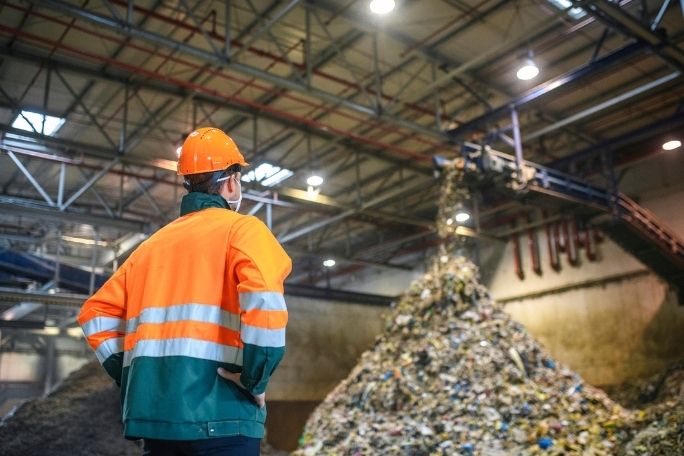Lesson summary
Students will learn about the concept of closing the loop and investigate the environmental savings their school can make by using recycled paper. They will conduct an investigation regarding paper usage in their school and use rate, conversion and percentages to calculate and comprehend findings.
Learning intentions:
Students will...
- understand the concept of closing the loop
- know how the use of recycled products reduces our impact on the environment
- be able to use rate, conversion and percentage to solve problems related to paper usage
Success criteria:
Students can...
- explain what is meant by closing the loop
- contrast the environmental effects of using products made from recyclable material, with those that are made from raw materials
- use rate and conversion to make yearly projections of paper usage
- use percentages to calculate environmental savings
Lesson guides and printables
Curriculum links
Select your curriculum from the options below.
Lesson details
Curriculum mapping
Australian curriculum content descriptions:
Year 7 Maths:
- Find percentages of quantities and express one quantity as a percentage of another, with and without digital technologies (ACMNA158).
- Connect fractions, decimals and percentages and carry out simple conversions (ACMNA157).
- Recognise and solve problems involving simple ratios (ACMNA173).
Year 8 Maths:
- Solve problems involving the use of percentages, including percentage increases and decreases, with and without digital technologies (ACMNA187).
- Solve a range of problems involving rates and ratios, with and without digital technologies (ACMNA188).
General capabilities: Numeracy, Critical and creative thinking, Ethical understanding.
Cross-curriculum priority: Sustainability OI.8.
Relevant parts of Year 7 Mathematics achievement standards: Students express one quantity as a fraction or percentage of another, and solve problems involving percentages and all four operations with fractions and decimals.
Relevant parts of Year 8 Mathematics achievement standards: Students solve everyday problems involving rates, ratios and percentages.
Unit of work: Visy Education – Secondary Mathematics.
Time required: 75 mins.
Level of teacher scaffolding: Medium – teacher will be required to facilitate an investigation as well as classroom discussion.
Resources required
- Student Worksheets (one per student)
- Device capable of presenting a video and projecting images to the class
Skills
This lesson is designed to build students’ competencies in the following skills:
- Critical thinking
- Global citizenship
- Problem solving
- Social skills
Additional info
This lesson has been developed in partnership with Visy. For over 70 years Visy has been committed to finding sustainable solutions for Australia and New Zealand’s recyclables and helping to reduce local landfills. Visy collects, receives and sorts paper, cardboard, glass, plastics, steel and aluminium from households, businesses and schools with the purpose of reusing these products in the re-manufacture of new packaging products.


Welcome back!
Don't have an account yet?
Log in with:
Create your free Cool.org account.
Many of our resources are free, with an option to upgrade to Cool+ for premium content.
Already have an account?
Sign up with:
By signing up you accept Cool.org's Terms and Conditions(Opens in new tab) and Privacy Policy(Opens in new tab).